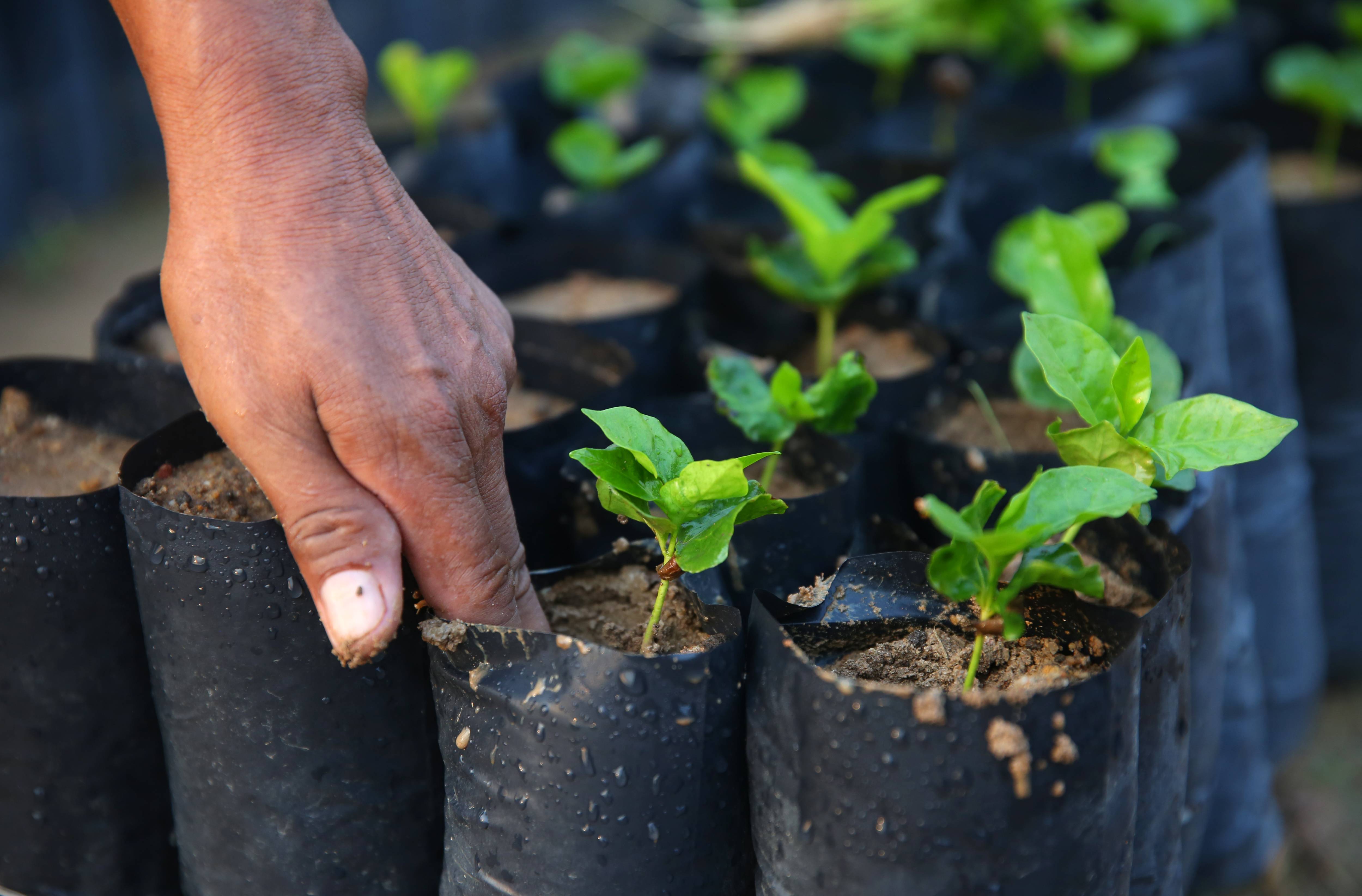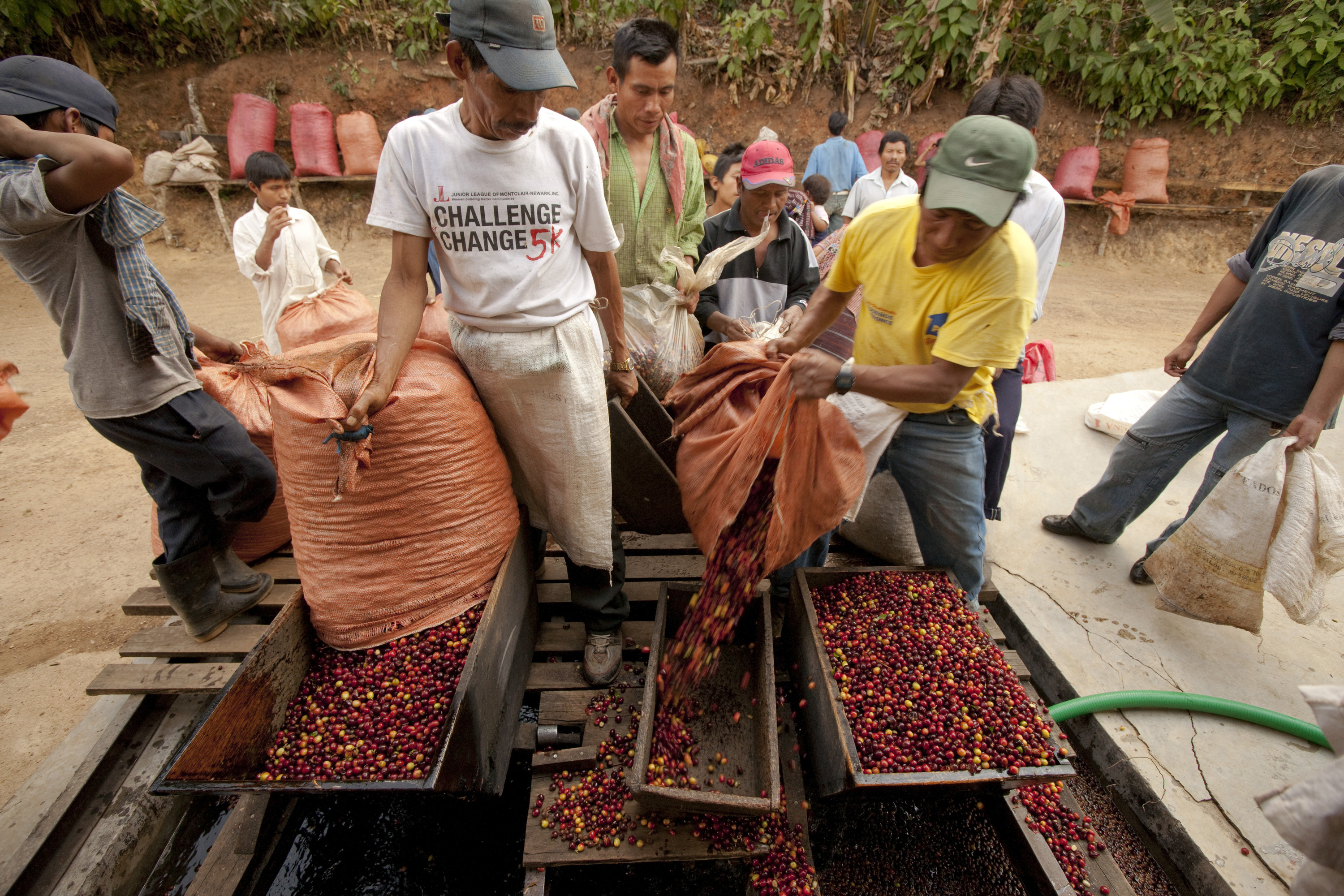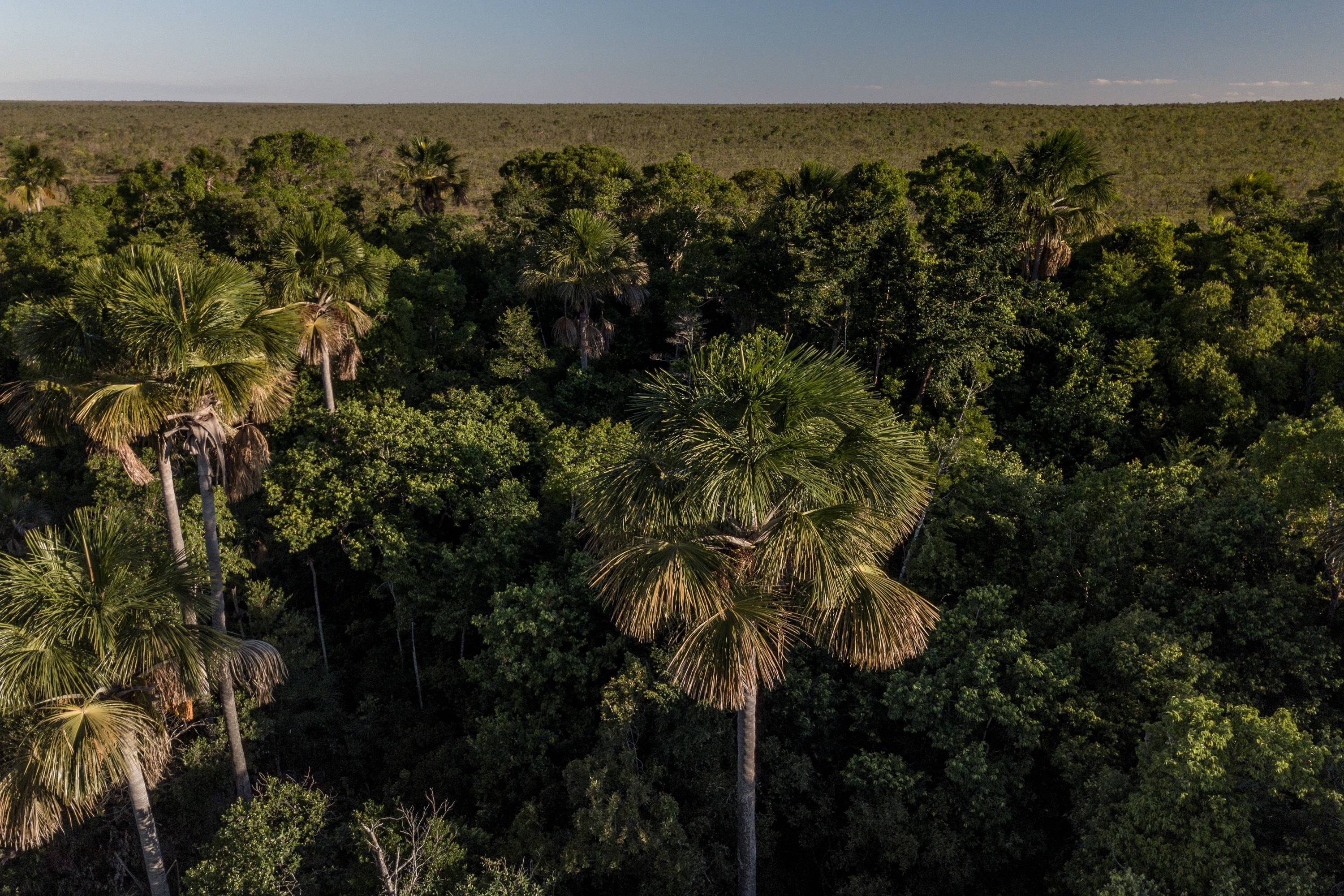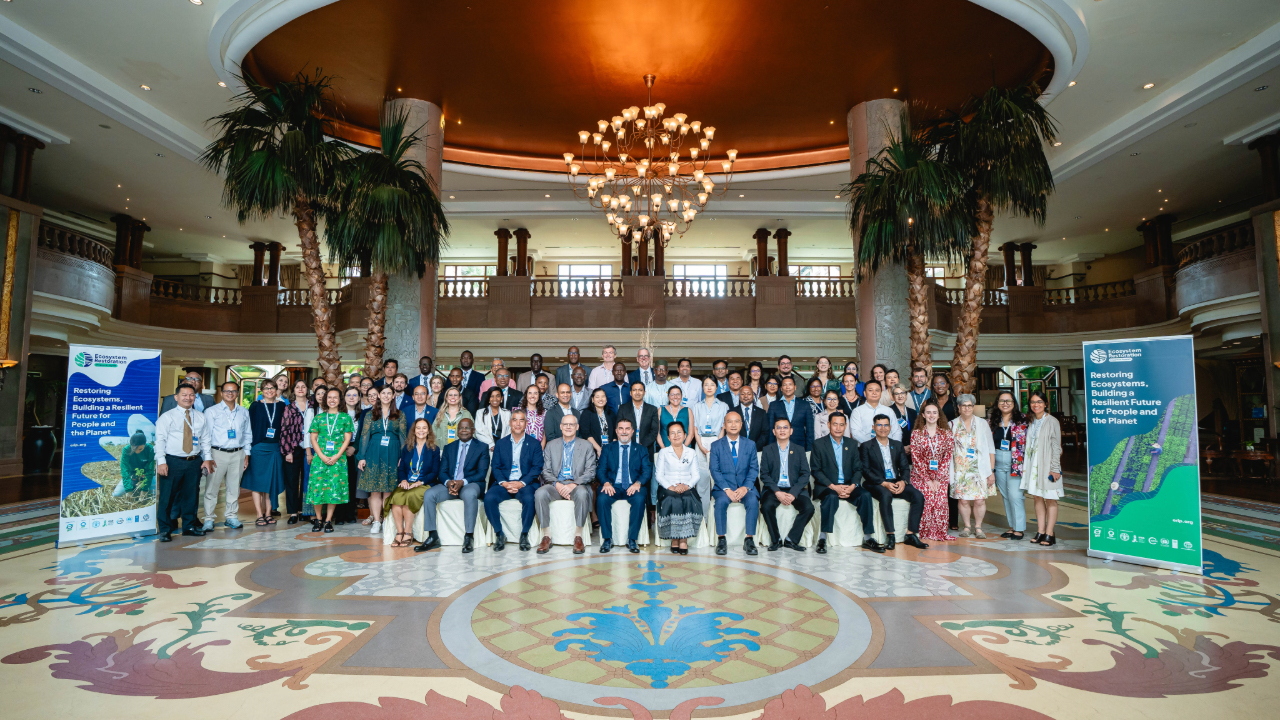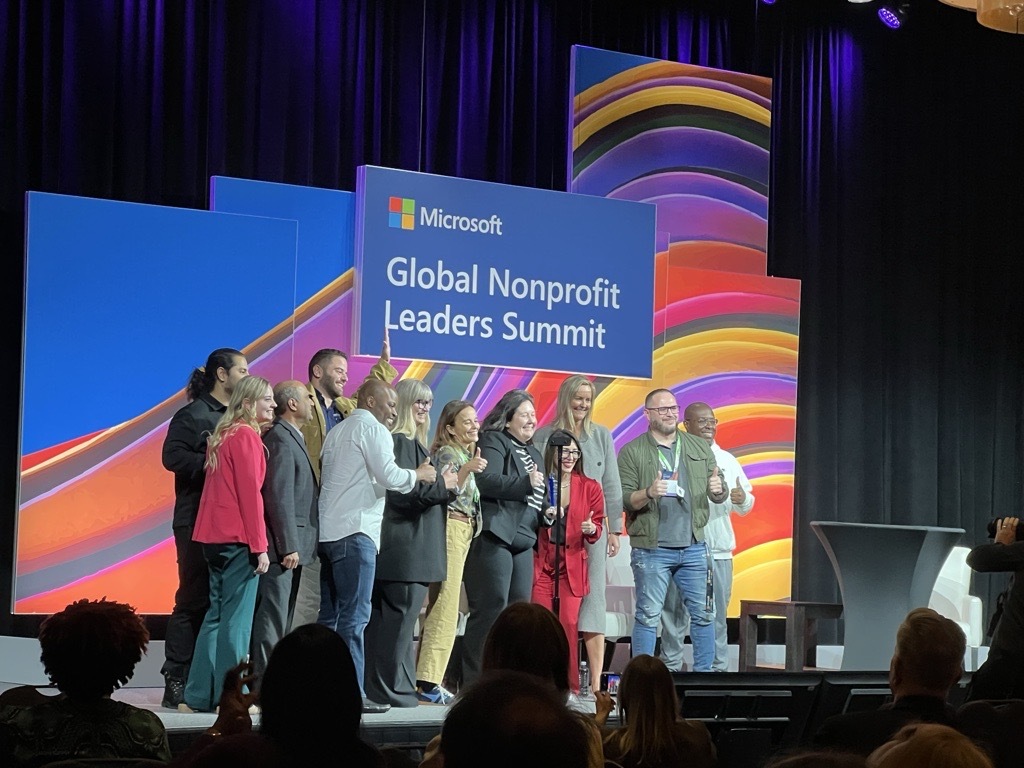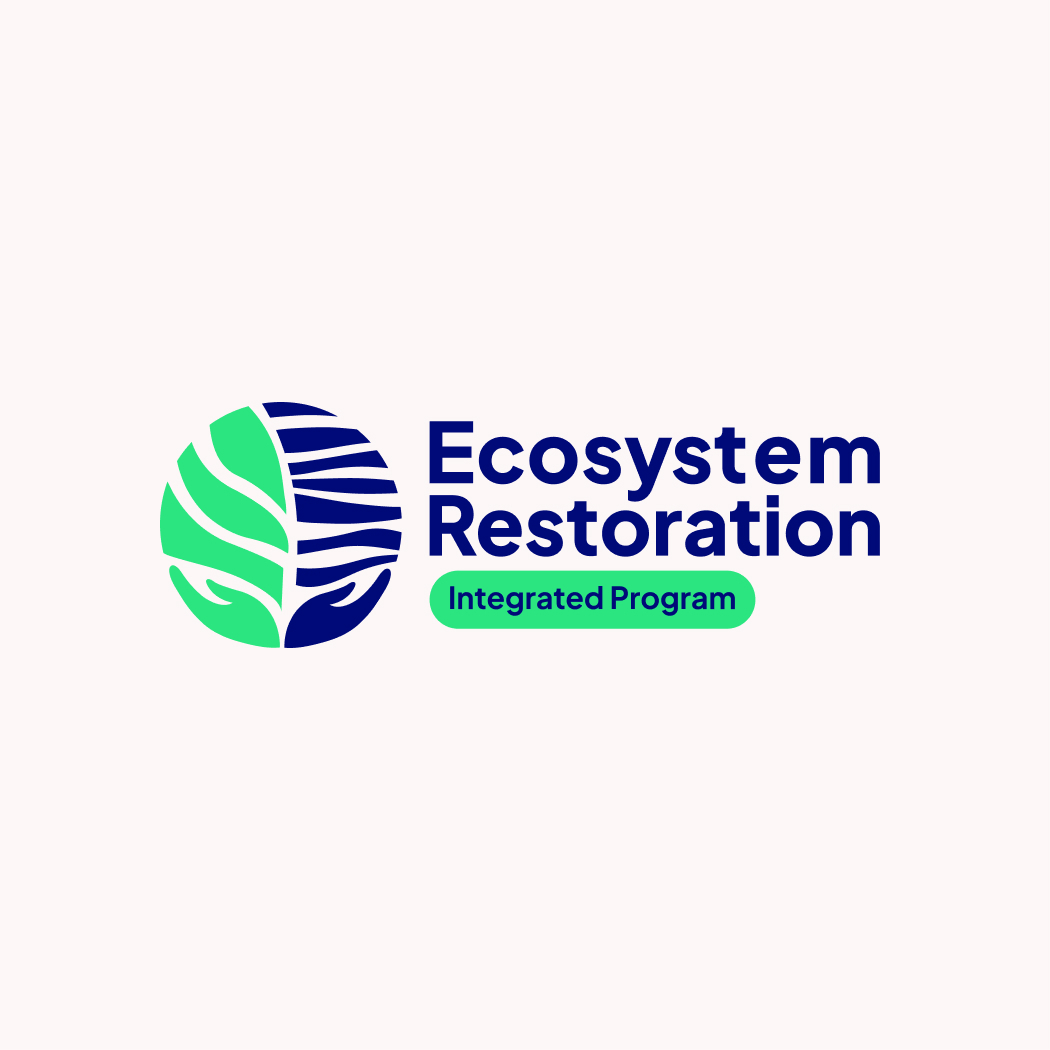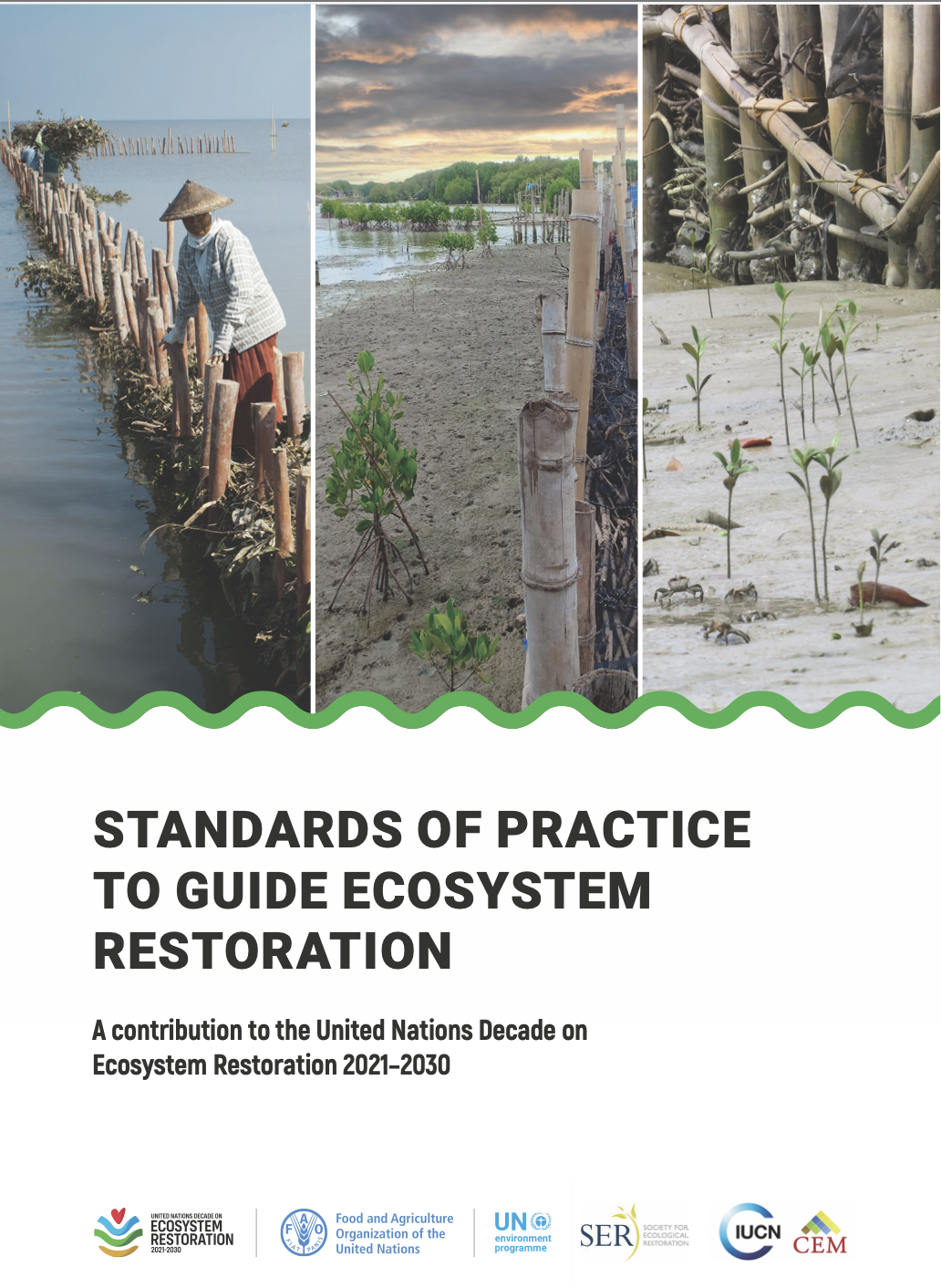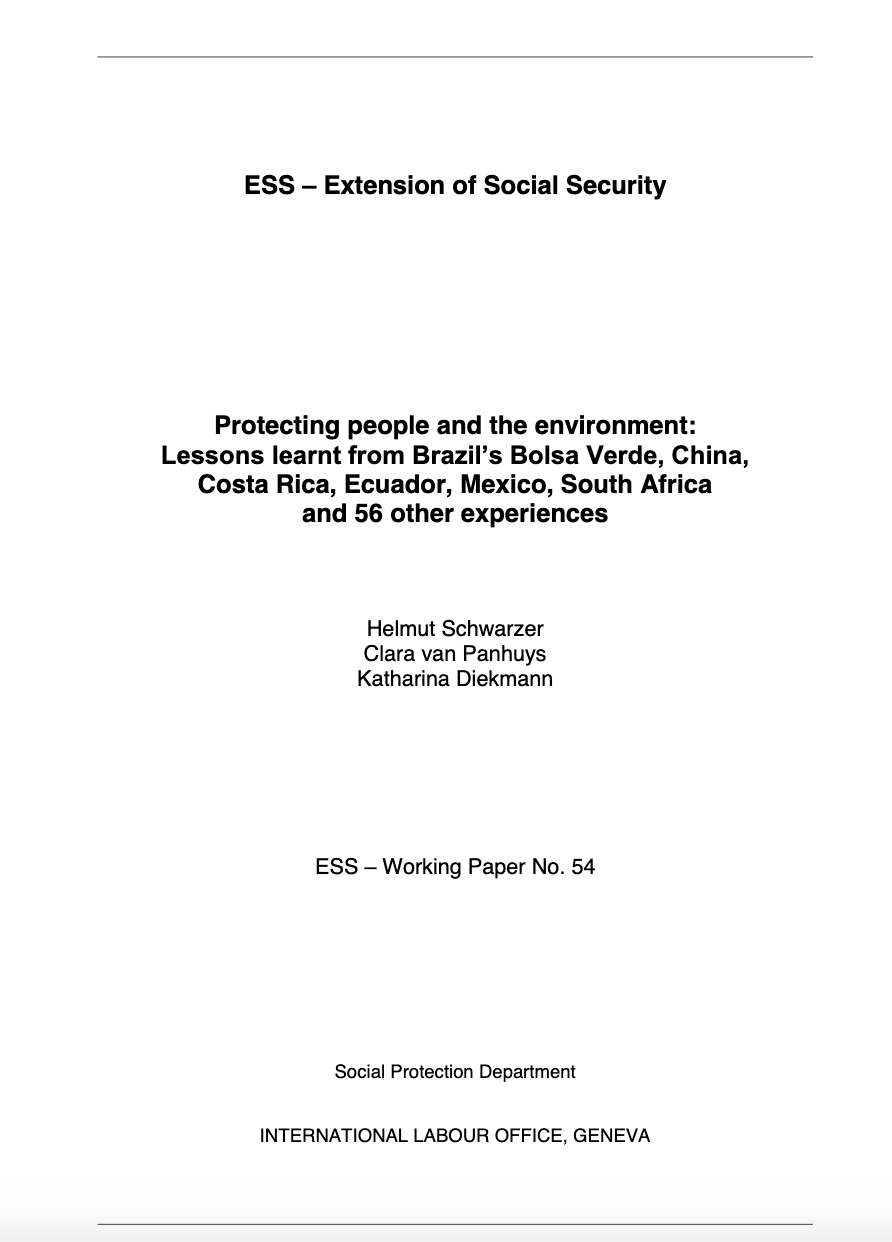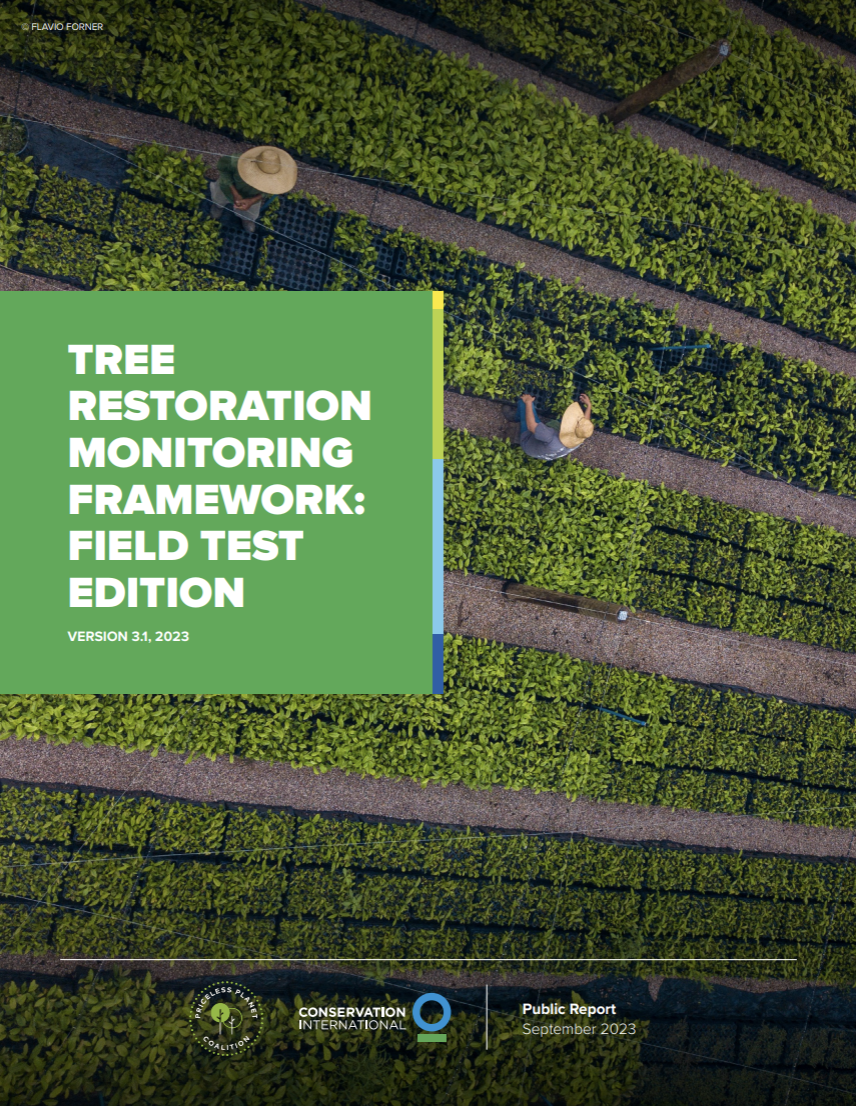Our Vision for Success
Success means mobilizing private investment and maximizing impact through innovative financial mechanisms. Achieving this requires the design and implementation of tools that can scale global ecosystem restoration by unlocking private sector funding.
It also means aligning restoration investments with corporate sustainability goals. We will do this by identifying pathways such as carbon and biodiversity credit schemes, ensuring that projects contribute to climate change mitigation, biodiversity protection, ecosystem service preservation, and the enhancement of local livelihoods. Supporting both individual and portfolio projects will be key to maximizing long-term impact and contributing to the 30% restoration target by 2030.
Success also involves advancing technology for monitoring and impact measurement. We will collaborate with the private sector and country projects to develop and apply advanced technologies that track restoration progress and measure biodiversity and climate outcomes. Leveraging new technological advances will help consolidate global restoration knowledge and improve effectiveness.
Finally, success is about fostering innovation, knowledge sharing, and collaboration. Through participation in ERIP’s Private Sector Advisory Group, companies will exchange best practices, publish case studies, and contribute to the establishment of the first global restoration forum—creating a space for dialogue among companies, NGOs, governments, and local communities.
Photo credit: © Flavio Forner

